The UAE's Hope Mars orbiter: Here's 6 things to know about the historic mission
The United Arab Emirates (UAE) is sending a spacecraft called Hope to Mars in what will, if successful, become the first interplanetary mission based out of the Arab region.
The mission focuses on understanding Mars' weather and atmosphere. It's a topic that plenty of missions have touched on before, but the Hope spacecraft will take a new, more comprehensive approach to the question. The UAE hopes the mission will help scientists around the world to understand how weather changes on the Red Planet over the course of a day and between the Martian seasons; the mission could also shed light on how our neighboring world is losing its atmosphere.
Here's your cheat sheet to the mission.
Related: The United Arab Emirates' Hope mission to Mars in photos
Hope is the UAE's first mission beyond Earth orbit
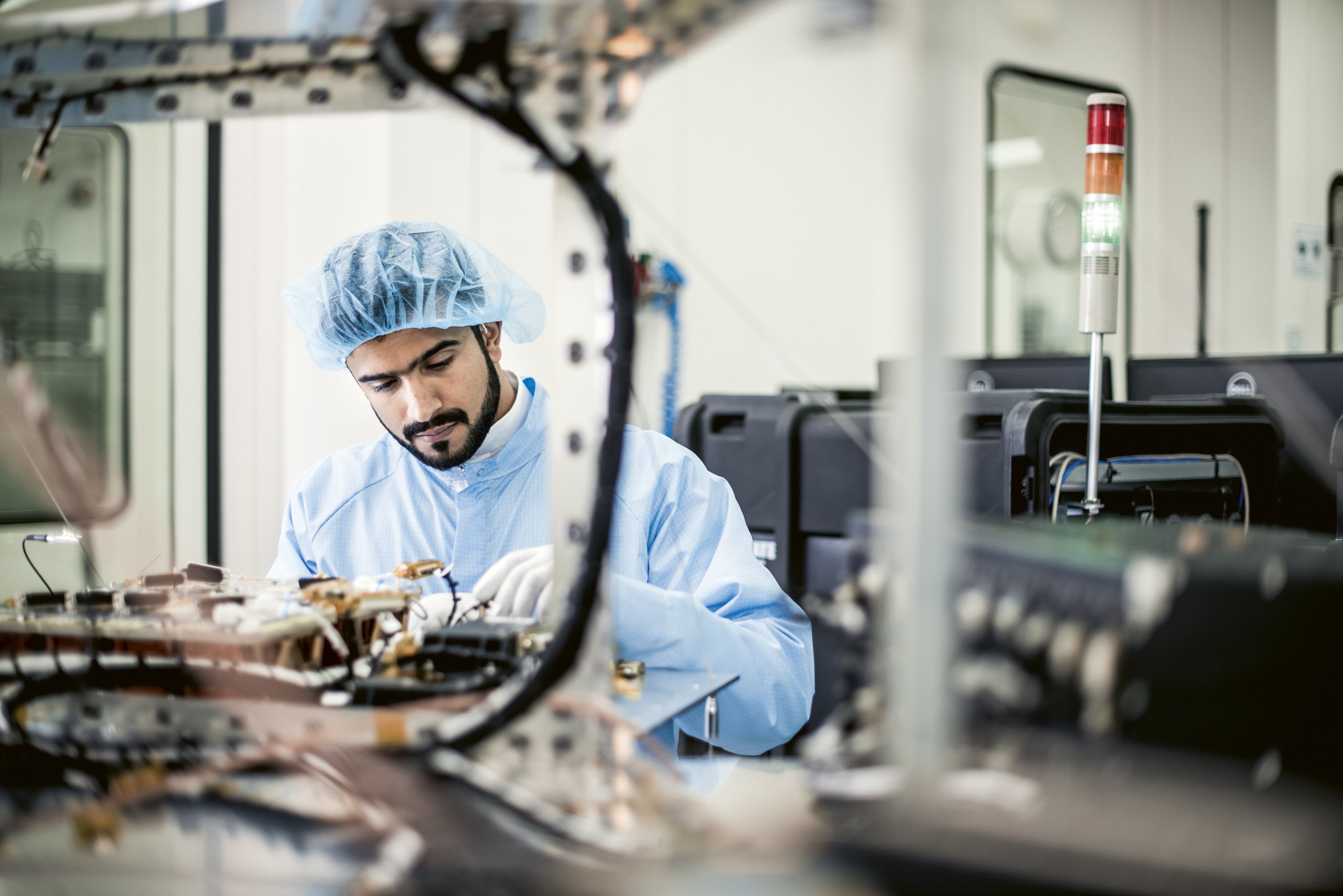
The UAE is still pretty new to spaceflight, first participating in a satellite launch in 2009 in partnership with a South Korean company. The country's first domestically built satellite, an Earth-observing mission called KhalifaSat, launched in 2018.
Hope is the country's first-ever foray beyond Earth orbit. As with its early satellites, the UAE recruited partners to help make the mission more feasible and to develop the knowhow necessary for the mission. In this case, the UAE partnered with three U.S. universities who host faculty with experience on Mars spacecraft.
Related: A Mars 'Hope': The UAE's 1st interplanetary spacecraft aims to make history at Red Planet
Get the Space.com Newsletter
Breaking space news, the latest updates on rocket launches, skywatching events and more!
The mission had to be fast and cheap
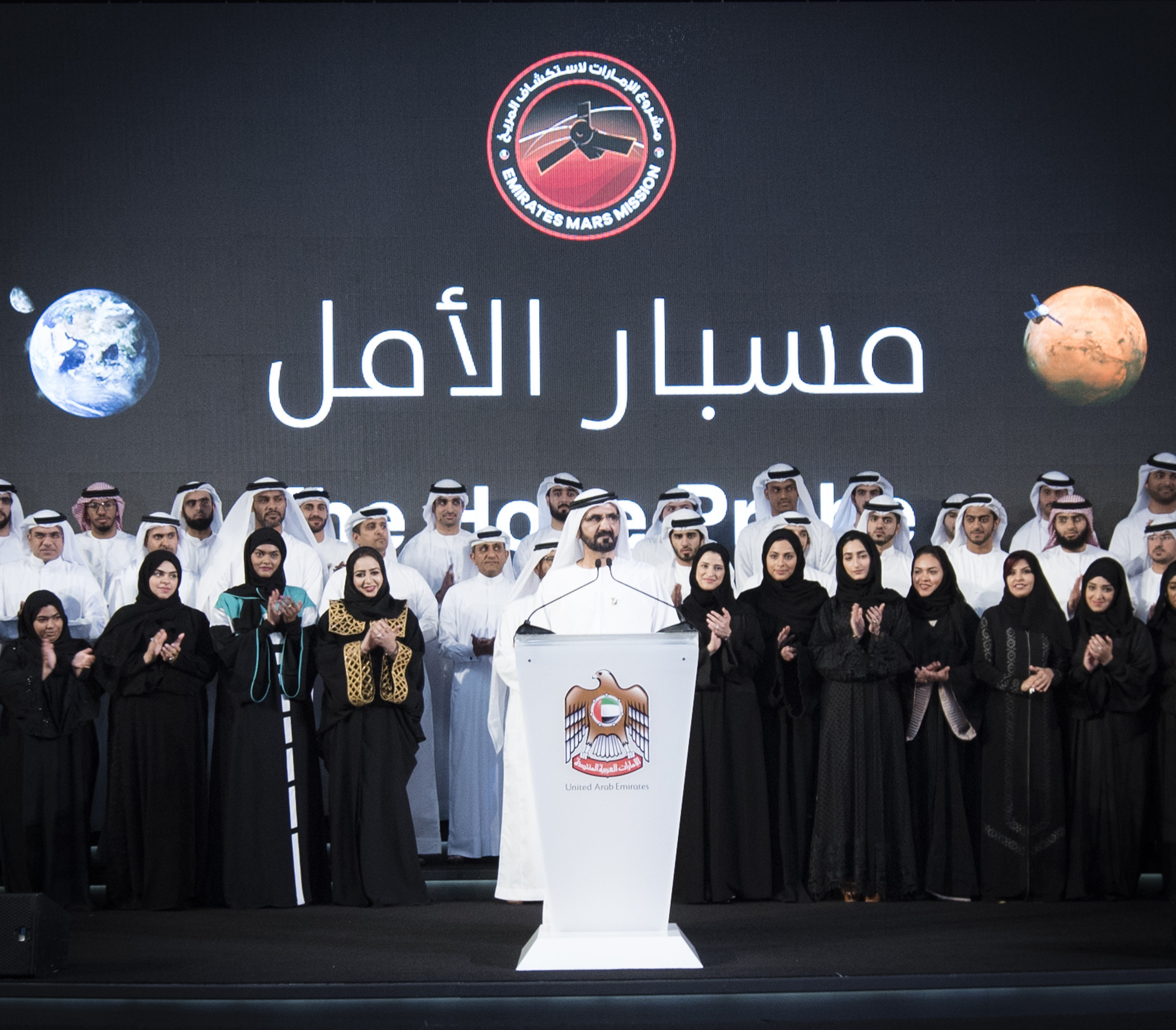
The Hope mission, also called the Emirates Mars Mission, was first announced in 2014 as a way to spur economic and technological development. The mission came with several stipulations: although the project would be based on partnerships, the team needed to build the spacecraft not just buy it, and the spacecraft needed to arrive at Mars before December 2021, when the UAE will celebrate its 50th anniversary. That deadline required a launch this summer because of the tricky orbital alignments that put Mars launch windows 26 months apart from each other.
And, of course, the mission couldn't be too expensive. All told, the spacecraft and its launch cost $200 million, according to the UAE, although that number doesn't include the costs of operating the mission in space.
Related: The boldest Mars missions in history
The UAE could be the fifth entity to visit Mars
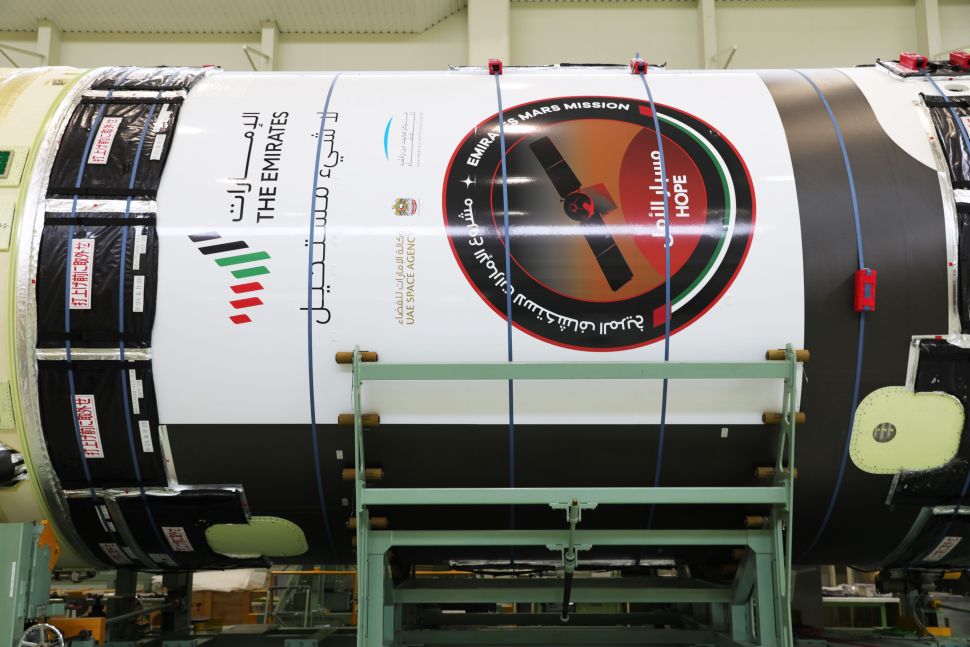
Mars is hard. To date, only four entities have successfully visited Mars: NASA, Russia, the European Space Agency and India. If all goes well, the UAE would join that contingent.
But the country may not end up being the fifth Mars visitor because China is also launching its first Mars mission this summer while orbits align. Neither mission has yet announced when specifically it will arrive at the Red Planet, although both will be on track for an early 2021 rendezvous.
(NASA's Mars 2020 mission, starring the massive Perseverance rover, is targeting the same three-week launch window.)
Related: It's the month of Mars! 3 Red Planet missions set to launch in July
Hope carries three instruments
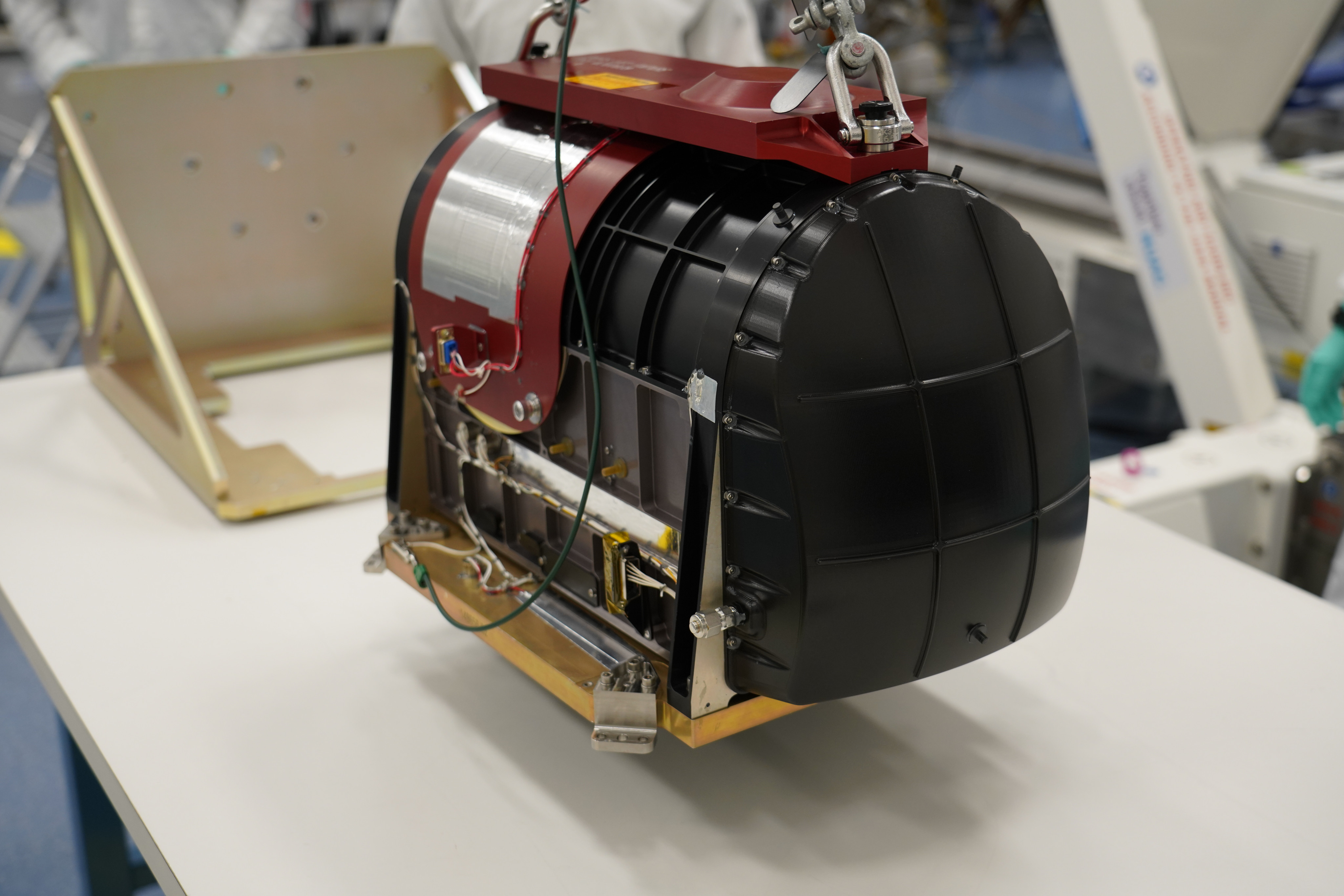
Hope, which is about the size of an SUV, carries three instruments. One is an imager, which will capture photographs in optical and ultraviolet light. The other two are spectrometers, which split light into the specific wavelengths present, one working on ultraviolet and one on infrared light.
As a team, the three instruments will allow Hope to study the thin, carbon-dioxide-rich atmosphere of Mars in order to better understand the Red Planet's weather and how it loses its atmosphere out to space.
Related: The UAE wants to rewrite what we know about weather on Mars
Hope will have a unique Mars orbit
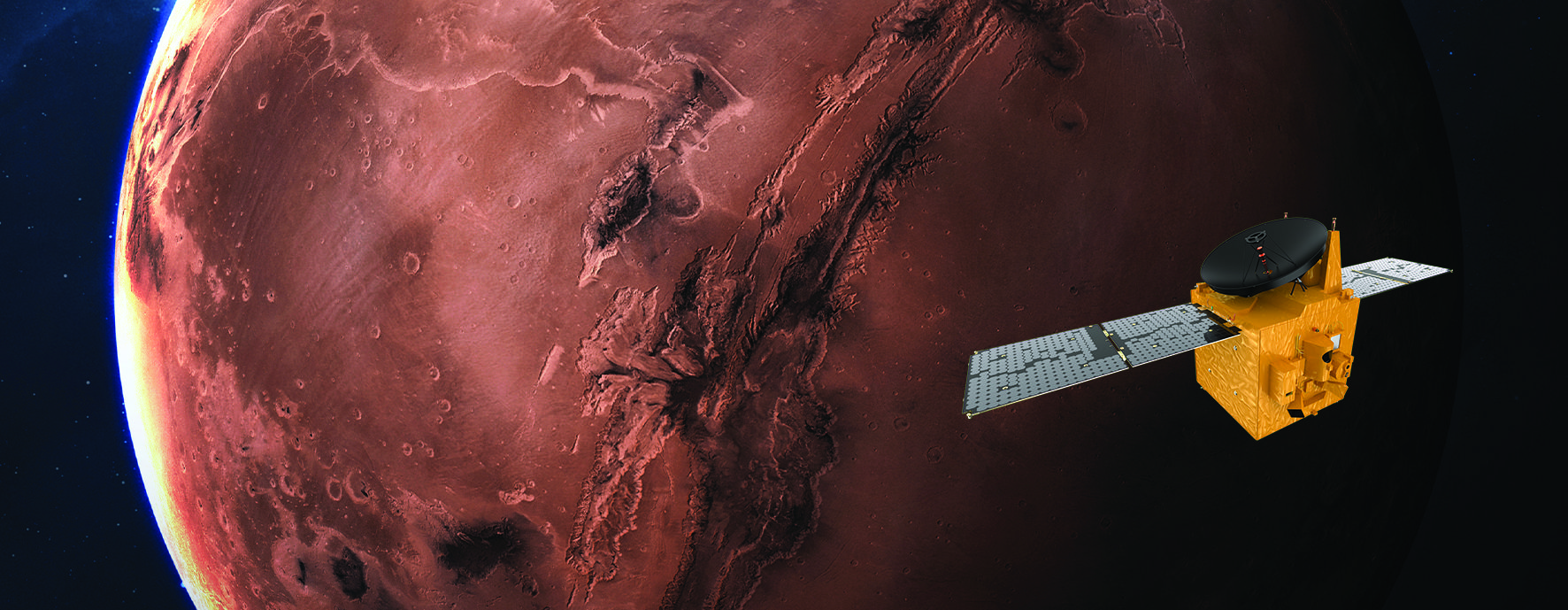
While the mission's instruments build on existing technology, the Hope spacecraft will use a unique tactic to gather its science data: traveling in an orbit around Mars no probe has taken before. Every 55 hours, the spacecraft will complete a loop around the planet's equator, flying between 12,000 to 27,000 miles (20,000 to 43,000 kilometers) above the Martian surface.
That path will allow the probe to study changes in weather over the course of the full Martian day, which lasts a bit longer than a terrestrial day, and year, which lasts nearly two Earth years. The primary mission will continue for one Mars year.
Related: A brief history of Mars missions
The UAE wants humans to follow Hope to Mars
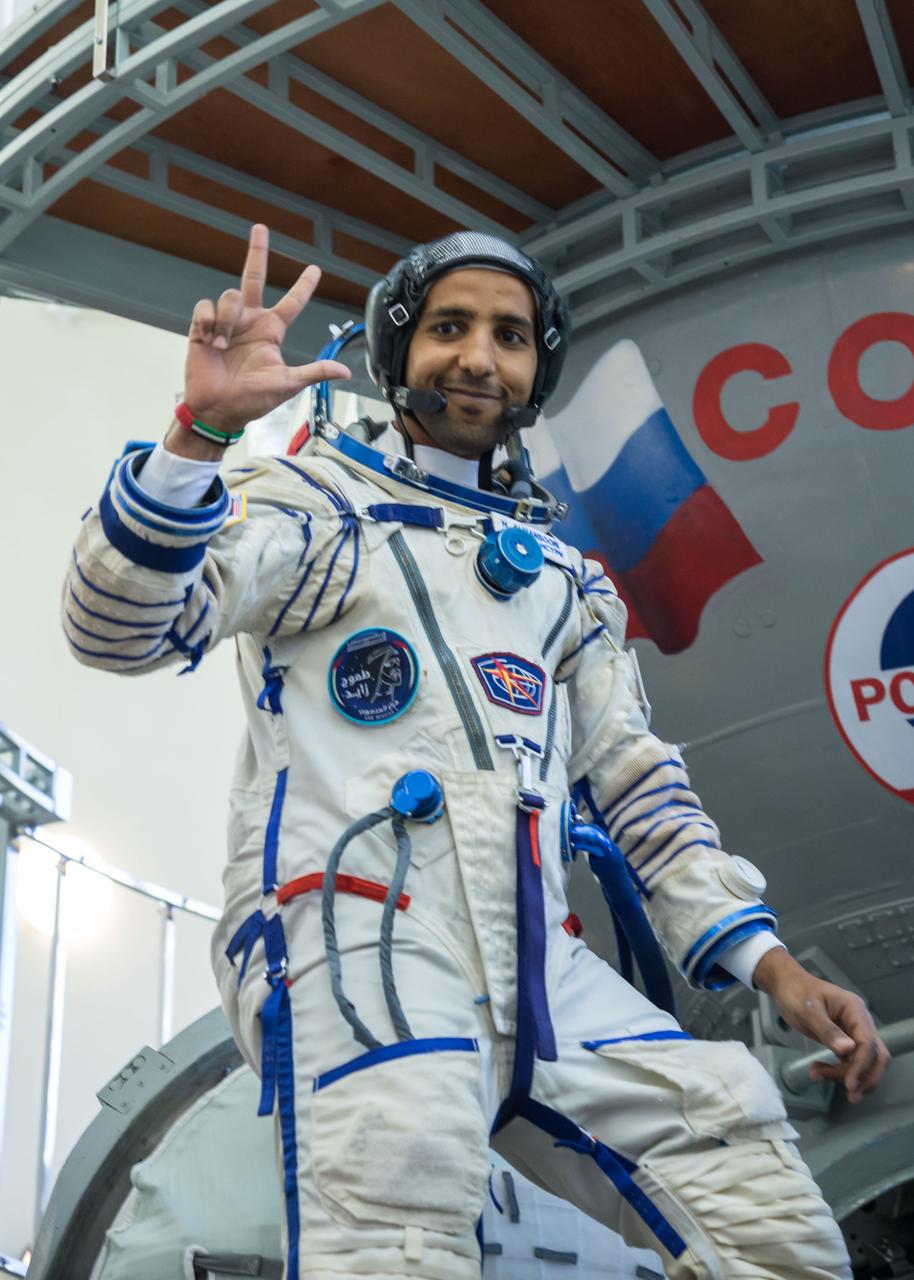
Choosing to send its first interplanetary robot to Mars fits with other priorities within the UAE's space program. Currently, the nation's main human spaceflight focus is sending astronauts to the International Space Station; the first Emirati astronaut, Hazzaa AlMansoori, launched in September 2019 for a weeklong flight. The UAE is already recruiting its next pair of astronauts and strategizing longer missions to orbit.
But the Red Planet also sits firmly in the UAE's goals. The country is preparing to participate in a Mars analog mission for the first time later this year. If all goes according to plan, the country may soon host such analogue missions, as well as other Mars-focused research, at the Mars Science City facility it is planning to construct in the desert.
Related: Hazzaa AlMansoori: The 1st Emirati Astronaut's Space Station Mission in Photos
Email Meghan Bartels at mbartels@space.com or follow her on Twitter @meghanbartels. Follow us on Twitter @Spacedotcom and on Facebook.
Join our Space Forums to keep talking space on the latest missions, night sky and more! And if you have a news tip, correction or comment, let us know at: community@space.com.

Meghan is a senior writer at Space.com and has more than five years' experience as a science journalist based in New York City. She joined Space.com in July 2018, with previous writing published in outlets including Newsweek and Audubon. Meghan earned an MA in science journalism from New York University and a BA in classics from Georgetown University, and in her free time she enjoys reading and visiting museums. Follow her on Twitter at @meghanbartels.









